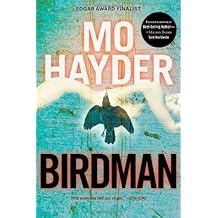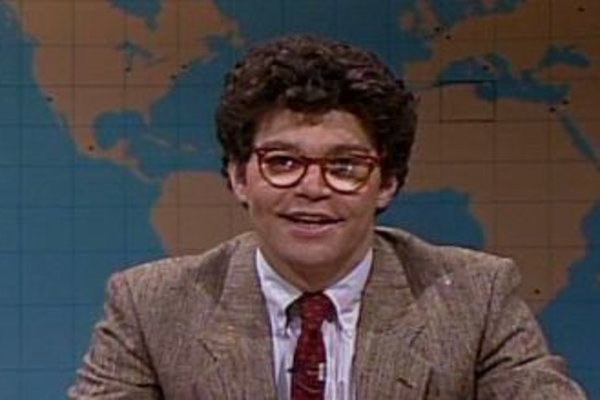Northern Italy, Milan in particular is the setting for Mark Sullivan’s new novel, BENEATH THE SCARLET SKY. Sullivan tells us that he has written a historical recreation as opposed to a history of the 1944-1945 period. For the reader the book is considered a novel, but what makes it unique it is also a biography of Pino Lella, who at the age of seventeen, unbeknownst to him was about to become an Italian hero. Since there is a paucity of primary materials Sullivan has created a work of fiction that reads like a historical monograph, as at times he is forced to employ his imagination to fill the void when the historical record does not exist. Sullivan came across the story of Lella’s life quite by accident and once he learned of it he spent years conducting research, and was able to interview his subject and his relatives. The author follows Lella’s life throughout the war, when it suddenly changes as the allies begin to bomb Milan and his family’s home is destroyed. From that point on a young man growing up at seventeen, grows old by the age of eighteen.
Sullivan’s portrayal is detailed and describes an amazing life story. Lella’s existence before the allied bombing in June, 1943 consisted of fantasies about girls, listening to jazz on the BBC, and wondering when the Americans would liberate Milan. After the bombing began Lella is recruited by Cardinal Shuster and Father Re to help bring refugees to freedom across the Alps to Switzerland. Despite his age, Lella was an experienced mountain climber and Father Re physically prepared him for the demanding task. After explaining the plight of Jews in Italy Father Re convinced Lella of the importance of his mission. Lella’s treks across the mountains coincided with allied advances up the Italian boot, as Sullivan does an excellent job transcribing military events in Italy throughout the novel. The author effectively conveys the danger of Lella’s mountain crossings in a realistic manner describing the many obstacles he faced, i.e., snow, ice, avalanches, steep cliffs, a part from dodging the SS, Italian partisans and bandits. These experiences help explain how he grew into manhood so quickly.
(Mussolini’s Black Shirts marching through Milan)
Conveying hundreds of refugees across the mountain to safety would be enough to make Lella a hero. But, after seven months his parents ordered him to join the German army as a way of avoiding being sent to the Russian front. As luck would have it he is spotted by General Hans Leyers, the number two Nazi figure in Italy and is drafted to be his driver. Lella is again recruited this time by the Italian resistance to become an allied spy because of his access to the most powerful man in Italy. Lella was quite successful as a translator and driver for Leyers and was able to provide important information to the Italian resistance who forwarded that information to the Allied High Command. Lella grew to hate Leyers as he witnessed the forced labor, more accurately use of slaves to assist the Wehrmacht. Lella nicknames Leyers the “Pharaoh’s Slave Master.” He also was exposed to numerous killings of innocent people, particularly Jews, with many women and children as victims.
Within this story of heroism Sullivan integrates the love story between Lella and a women named Anna. Their relationship is comingled with Lella’s spy craft as she is the maid to Leyers’ mistress. It is a wonderful time for Lella and Anna as their relationship blossoms in the midst of war. Sullivan’s description reads like a fictional love story, but in reality it is an obsession by two people for each other as a fantasy and diversion from the war. The reality of war is that Leyers, in addition to the murder of innocent people by the thousands, is stealing food and supplies from the Italian people for his troops and leaving Italy to starve. Events in Italy grew worse as the Allied High Command kept withdrawing men and supplies and sending them to France in preparation for the Normandy invasion.
Lella’s difficulties with Leyers was important, but even more so that he was torn as Italian was set against Italian as Partisans and Fascists had their own civil war that grew more intense as the conflict began to come to a conclusion. There are a number of poignant scenes as Lella’s own brother Mimo, a resistance fighter accuses him of being a Nazi. As the war comes to an end Lella must defend himself as many thought he had cooperated with the Germans. Few knew he was a spy.
(The body of Benito Mussolini and his mistress hung by Partisans in April, 1945)
Sullivan uses the liberation of Auschwitz as affirmation for what Lella believes he has witnessed. More and more he felt revulsion for working with Leyers even though his work was so important to the allies. As the war comes to an end it becomes difficult to determine who was a partisan fighter and who was a traitor. Sullivan vividly portrays the consequences of this difficulty which will have disastrous implications for Lella.
Sullivan presents the entire Lella family and what they went through during the war. Michele, Lella’s father, Aunt Greta, and Uncle Albert play important roles in the resistance and find their personal lives are impacted greatly by their work. Let me reiterate the book is fiction, but not really. It is written in a simple and conversational style but we get the full effect of Lella’s bravery and heroism. He will pay an enormous price for his work and it will take him a number of years following the war to heal his emotional scars.
(Liberation of Milan)
Sullivan offers a useful epilogue to his story that follows the main characters throughout the post war era. What is most disturbing is how the United States will coopt Nazis like Leyers and use them during the Cold War allowing them to escape punishment for their deeds. BENEATH THE SCARLET SKY is a well-conceived novel that has the ring of truth throughout, and an amazing story of heroism that had been buried for many years after the war.
(The Italian Resistance in Milan during WWII)


























